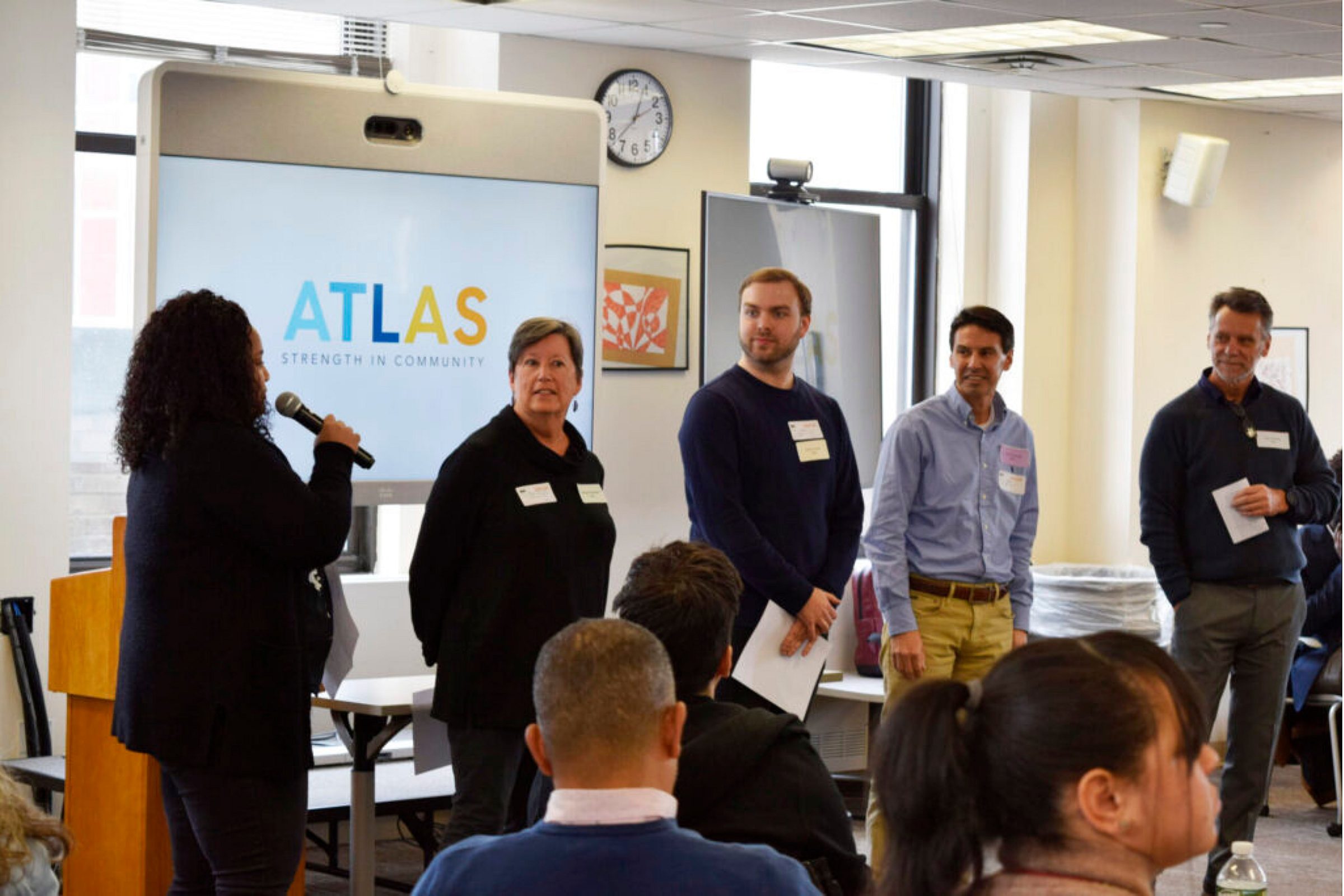What people talk about even more is the group of people who await trial in the community. This is where the narratives arise – and yet it is the population for which we have rarely had good data, and if we did, it was years old by the time it was available. The needed data are contained in different databases that do not easily share data, and the methods used for reporting outcomes requires years to bring to fruition. The inability to report real time outcomes for people in the community awaiting trial is where the data and narrative gap is enormous, and the ability to debate public policy breaks down.
In most places, the number of people in the community before trial is far larger than the number of people incarcerated before trial. And yet, this large group is the one we know next to nothing about OR we know something about but not in real time. Again, some communities can report nothing about their pretrial community populations. Others report outcomes only on a subgroup of the population, most commonly those under pretrial supervision, while no outcomes are reported for people who bonded out or were released on their own recognizance. Or if a whole released population is studied, researchers gather data on a group arrested in a particular month or year, follow them for another year, and then may be able to offer a report three years after that cohort was arrested. By then, the narratives have been created and used to inform public policy without data.
A problem has surfaced in many places where pretrial system reforms (lessening or eliminating money bond and/or secured bond; use of assessments to inform decision making; use of various methods of community-based supervision) have been enacted: important questions arise that are very difficult to answer. For those who were out before the disposition of their case, what happened? Did they show up for their court appearances? Were they charged with a new crime before trial and if so, what were the new charges? How do the outcomes for the community group now compare to those in previous years or prior to reforms? These questions are just the beginning of what we should be able to know about our pretrial community population.
One particularly important element in this data problem is the tendency to ignore “time in the community” when talking about new charges. If one person awaiting trial is charged with committing a new offense two days after being released, that pretrial ‘failure’ is often considered equal to another person’s new charge(s) in month 17 of a long period awaiting trial. These are not equal, but they are often treated as such in places that even track them at all. The same issue is true when places only track “new offense” and can’t differentiate between a new misdemeanor versus a violent felony charge. This is also the case for the number of new offenses reported for a person on release – one new offense is reported the same as five or ten. These are simply NOT comparable.
Until now and like the rest of the country, NYC has been unable to provide real time public data to inform the debate around the impact of bail reform. Given that there are 8 times as many people in the community before trial than in the jail, it has been impossible to advocate for the expansion or contraction of reforms with any evidence. The “8 times as many” have been the subject of narratives without data.




